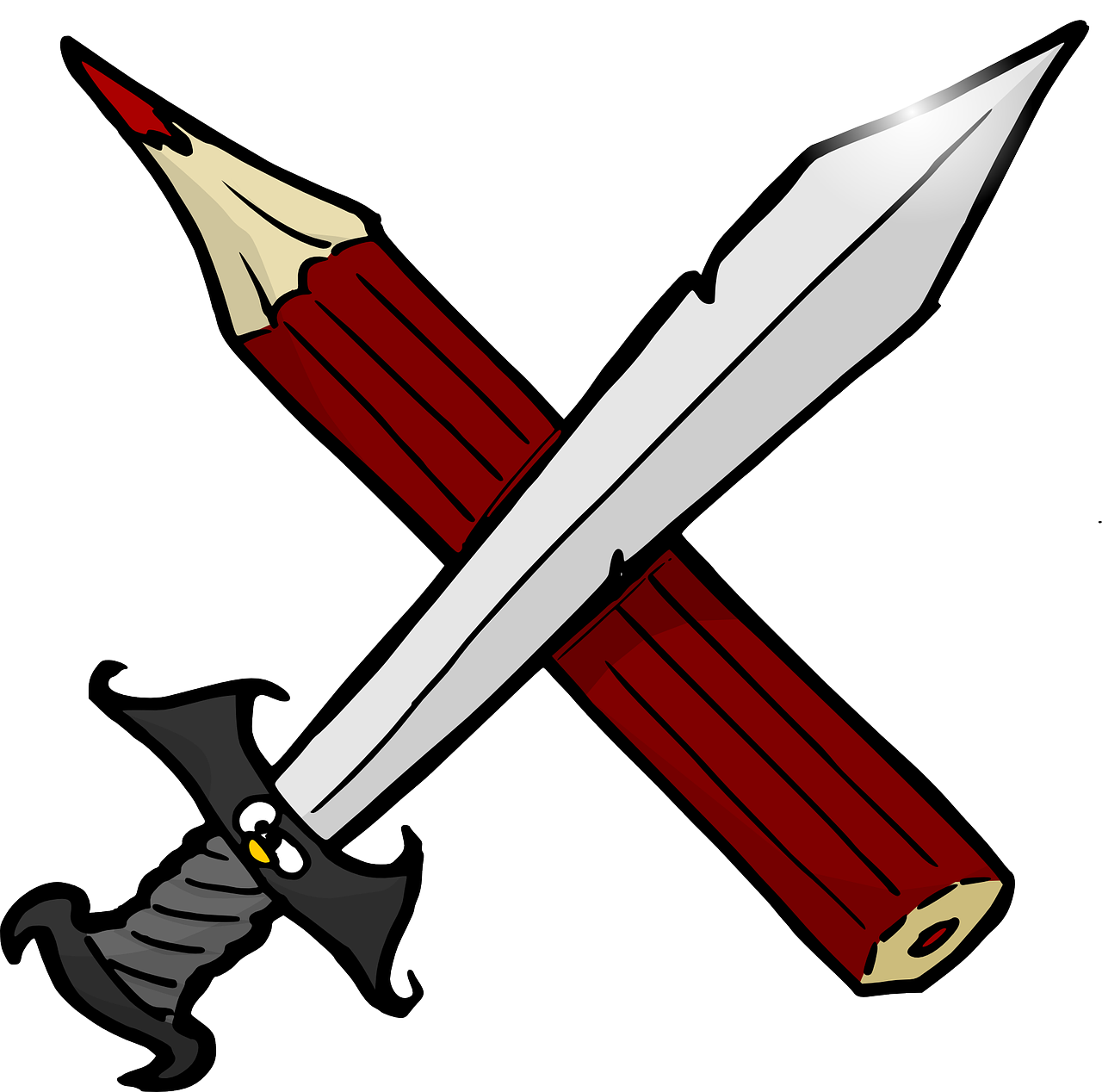
“The barbarian warrior charges at you, fury flashing in his eyes as if possessed by the very spirits of violence and rage themselves. His two handed axe is raised high overhead, fresh drops of blood glistening in the morning sunlight as they fly off the blade arcing down towards your head. He howls his battle cry as you try desperately to move out of the way of the crushing blow.
“Wait a minute. He can’t have gotten that close in a single round! How far away was he?”
“He was only 30 feet away. He has more than enough time to charge that distance and attack you this turn.”
“What?! Since when was he only 30 feet away? I thought I was well across the battlefield from him. That’s why I’ve got my bow out! It’s Steve he’s standing next to!”
“What? That can’t be right. He moved over here last turn. Hold on. Let me sketch out the current situation.”
I guarantee that this very scene has played out in some shape or form at thousands of gaming tables this year, grinding the games to a screeching halt as players and GMs argue over relative positioning. You want to know what would have helped to solve this before it became a problem?
Visual representation of the battlefield.
I’ve always been a fan of using miniatures in my games, from those games like 4th Edition Dungeons and Dragons that are predicated on the fact that you’re using a map to Edge of the Empire or FATE. It doesn’t have to be anything fancy, but whatever method you use, I’ve found it adds a lot to the game. Here are a couple of points that I would like you to consider when making the decision on whether or not to use miniatures at your table.
1) Visual Representation
Having concrete representation of where the PC and NPCs are on the map is downright crucial during combat, regardless of whether the players are counting squares on a map or simply moving through more nebulous range bands. It informs tactics, targets of opportunity and many other things about the ever changing thing that is tabletop RPG combat. Even the best of GMs will lose track of where each individual character is in relation to each other in a complex theater of the mind scenario. Having that visual representation can save everyone a lot of headaches when things inevitably get screwy and the wizard needs to know how many people he can affect with his fireball spell. It doesn’t even have to be anything fancy. A quickly scribbled map with basic notes jotted down and pieces of paper with character names can help just as tremendously as a fully modeled battlefield with individual minis for each character on the field.
2) Player Involvement
I think everyone who has ever sat at a table as a player can cop to this one – your turn is done and it’s time for everyone else to take their actions. You let your mind wander a little bit or you have to run and answer nature’s call Before you know it you’ve missed the entire combat turn and you have no idea where anyone is anymore. Now you have to apologize and look like a jackass while you get a recap of what you should have been paying attention to in the first place. Having a map and miniatures solves that problem. I’ve found that having that visual representation in front of me keeps me focused on the action that is unfolding in front of me, and if I do happen to let my mind wander (it’s gonna happen) or I need to step away from the table for some private business I can glance at the action and get a pretty good picture of what happened while I was checked out.
3) Coolness Factor
There’s a certain feeling when the GM is able to take the time to lay out full 3D terrain and miniatures for an epic combat at the height of the campaign. Or they just so happen to have the perfect battle map for the encounter that is about to take place and some plastic minis from an old game they no longer play. Or maybe they’ve just got pretzels and other snacks on a roll of gaming paper with some lines drawn in various colors depicting various ranges and elevations. (Bonus – you can let the players eat their kills. Don’t laugh – properly motivated players pay more attention to what’s going on.) No one can deny how cool it is to pick up a piece and move it across the board or removing an enemy’s piece after you defeat them. There’s something so much more engaging about it that I will never tire of.
Conclusion
Those are three of the biggest points that I can think of towards using some sort of visual representation at your gaming table. You can get a lot of mileage without sinking a lot of money into it if you don’t want to. Re-purposed pieces from older games and extra dice on a piece of paper can be all that you need. Or if you want to spend the time and money to build up your arsenal of supplies, you can go that route as well. <shameless plugging> I’d highly recommend you check out the fine work of the folks over at Reaper Miniatures for starters. And of course you can’t get as much use out of those miniatures without something to put them on. Head on over to Christopher West’s Maps of Mastery and see what you can find for your next campaign. </shamless plugging>
Agree with me? Agree with Lin? Let’s hear who and why below!
